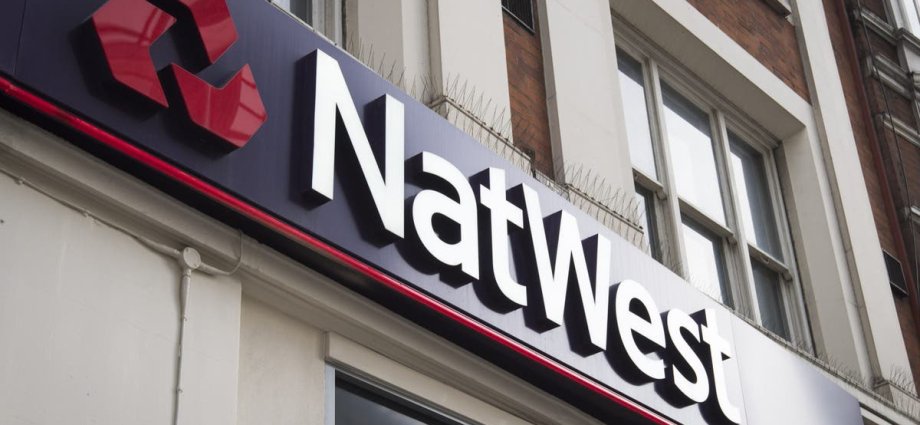The Government’s stake in NatWest Group has dropped to below 20% for the first time since the bank was nationalised in the 2008 financial crisis.
A stock exchange announcement on Monday confirmed that the Treasury’s stake in the bank is now 19.97%, down by a little under one percentage point.
NatWest received several multibillion-pound bailouts during the financial crisis in 2008 and 2009, leaving the Government with an 84% stake in what was then known as Royal Bank of Scotland.
But the Treasury has been selling down its stake in the lender, which also owns Coutts. In 2018, the Government owned 62% of the group, which had fallen to 37.98% in December.
In March, that fell below 30%, meaning the Government is no longer classed as a controlling shareholder in the lender.
Earlier this year, NatWest wrote to shareholders asking them to support an increase in the amount of stock the bank could buy back from the Government in a year, from just under 5% to 15%.
So far, the blocks of shares have been sold to institutional investors. The Treasury was also supposed to include a public share sale this summer as part of an attempt to create a “new generation of retail investors” but that was temporarily shelved because of the General Election.
Under the new listing rules, falling below 20% means that the Treasury will cease to be considered a related party to the bank one year from today.
NatWest Group chief executive Paul Thwaite said: “We are pleased with the continued momentum in the reduction of HM Treasury’s stake in the bank.
“The holding has almost halved throughout the course of 2024, moving below 20% today.
“Returning NatWest Group to full private ownership remains a key ambition and we believe it is in the best interests of both the bank and all our shareholders.”











